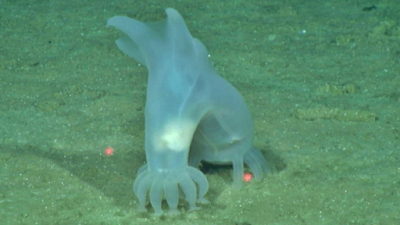Do Noises affect Life on the sea floor?

Countless marine animals rely on noise to survive, for e.g: to detect predators, for echolocation, and as a means of communication with the co-species. In recent decades, the sounds caused by human activities are affecting marine species, especially the sounds emitted by cargo ships, loud explosions, and seismic surveys. A study by the Alfred-Wegener institute showcases that the sounds may impact the functioning of the ocean floor. Invertebrates such as mussels, crustaceans, and worms(referred to as ecosystem engineers) frequently sediment the area they live in by burrowing, feeding, aerating, and fertilizing with their excreta. These activities play a vital role in the nutrient cycle in the ocean, allowing more carbon from the dead organic material to be stored on the sea floor and nutrients to be recycled. Sound can travel long distances underwater, sometimes hundreds and even thousands of kilometers whereas light can travel only tens of meters. A research team from the Al...
